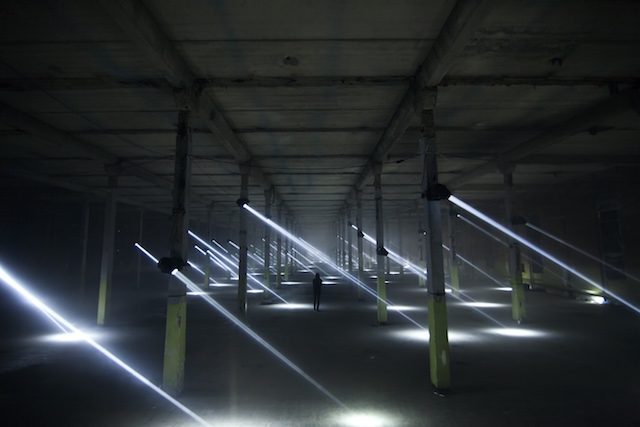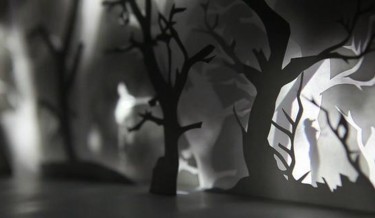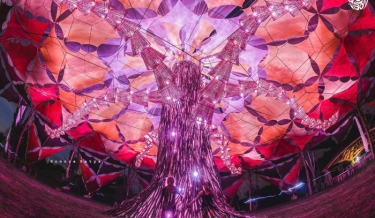Related post
Theatre Book as a Gift on World Theatre Day
Mar 27, 2015
|
Comments Off on Theatre Book as a Gift on World Theatre Day
2694
Digital Artist Ingrid Tsy Uses Adobe Stock Assets as the Foundation of Her Wildly Imaginative 3D Artworks
May 02, 2017
|
Comments Off on Digital Artist Ingrid Tsy Uses Adobe Stock Assets as the Foundation of Her Wildly Imaginative 3D Artworks
2129
OZORA – ONE DAY IN TOKYO 2015
Jan 27, 2015
|
Comments Off on OZORA – ONE DAY IN TOKYO 2015
4207


 Image Courtesy the Artist
Image Courtesy the Artist


